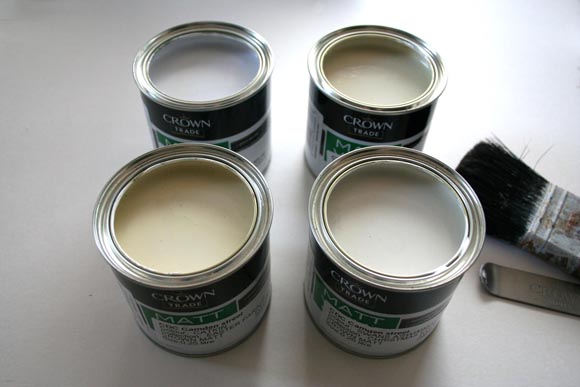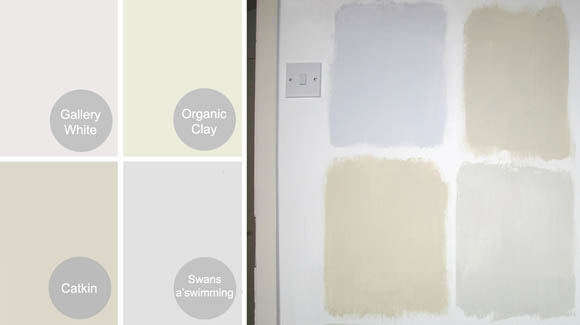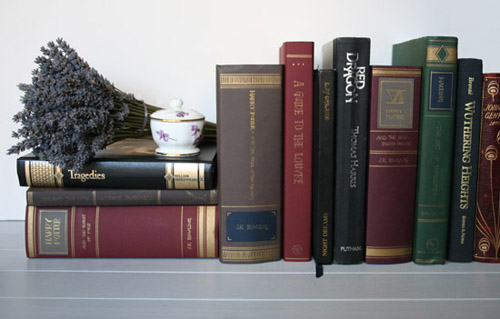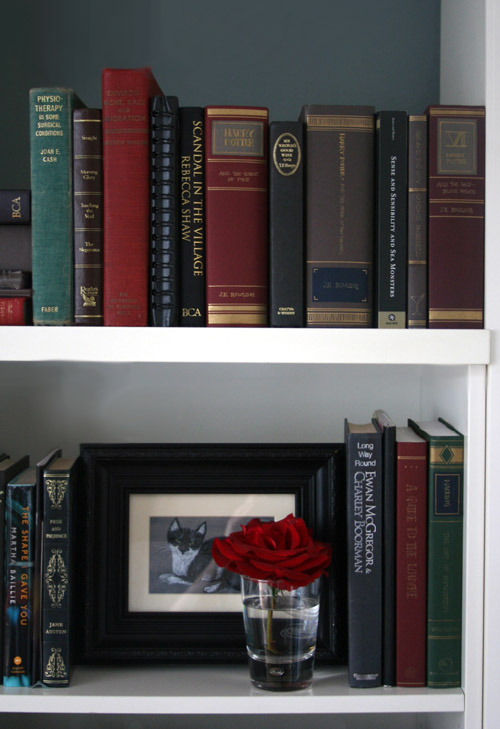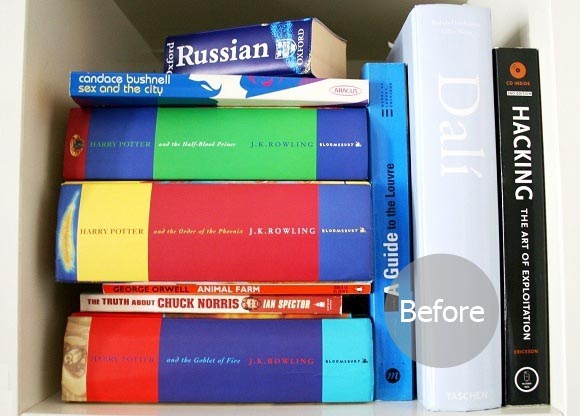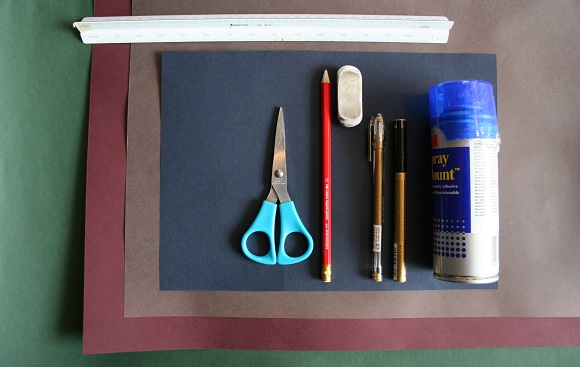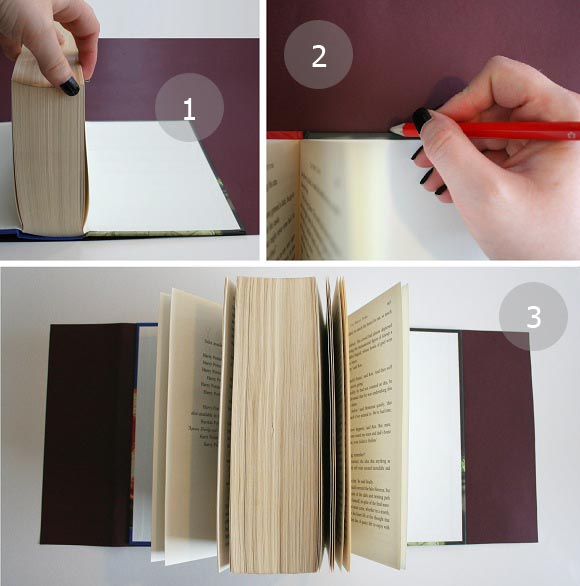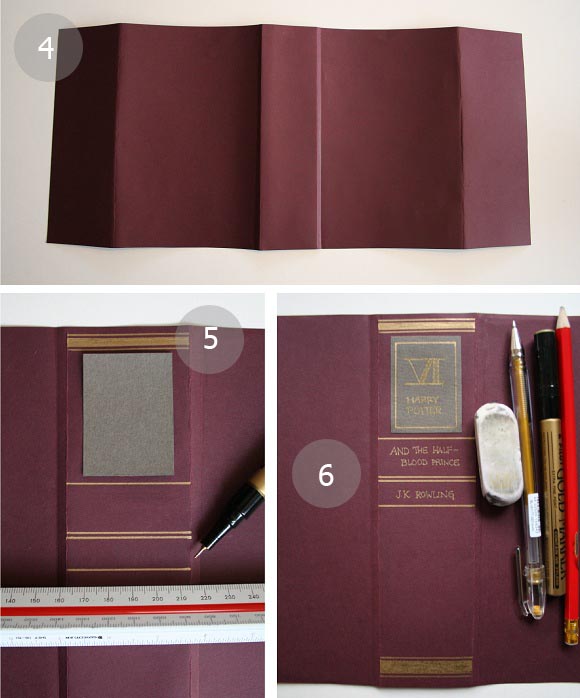One of the first things seared into our brains during our first year studying Interior Design was to always get samples. And boy am I glad I did this week.
Rarely is anything as it seems. So when I was choosing a new potential color for my living room, I got a couple of samples of Crown Paint shades. I really wanted to go for a dark strong grey, in my ideal home, but realistically, my living room is north-east facing and is basically a cave.
I picked four of my favorite greyish {okay … off white} shades from the Crown website and did a patch test on my wall. And I was surprised. My preferred shade {Gallery White} turned out blueish, but that may be because two of my other samples turned out quite yellowy, which I didn’t expect.
My main dilemma was the trim and skirting in my living room. It was originally a glossy white I presume, but with time it has aged and gone ever so slightly yellow {seen kinda on the left of the image below}. For this reason, my original want of grey paint was out of the question since it looked blue next to it / was making it seem even more yellow. So no more Gallery White. It was tough for me since I really wanted a strong grey, but we decided on Swans a’swimming, and I’m really glad we chose it. It still looks grey, and doesn’t make the skirting and trim look yellow. A warm grey for our cosy cave.
See the differences between what I chose online, and what they turned out in my apartment? The catkin is supposed to be more on the side of green, and I was expecting Swans a’swimming to be more blue than Gallery White. Always, always bring a sample into its destination environment before you decide on it. This goes for fabric, natural materials such as wood or marble, and paints. It saves you buying 2.5 litres of the wrong color.

